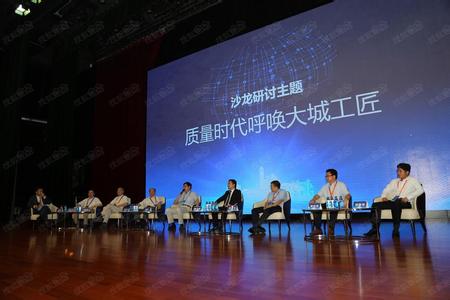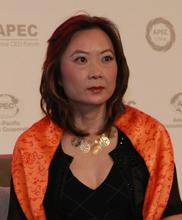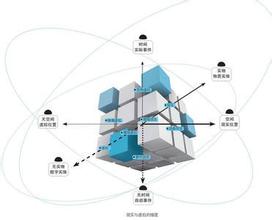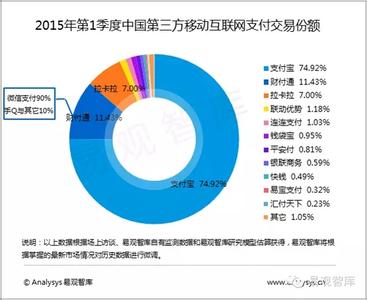The little red look小红肚兜
A brief history of Chinese underwear中国内衣简史

Apr 16th 2016 | BEIJING | From the print edition2016年4月16日|北京|摘自印刷版
REVEALING the curves of breasts was considered lewd for most of Chinese imperial history. Bosoms were often bound (though not as savagely as feet, a bone-crushing practice intended to enhance the female form). Imperial underwear developed accordingly. Various types of compressing vests or tunics were popular over the centuries. High-class women often favoured the dudou, or belly-band—a diamond-shaped piece of embroidered cloth that stretched from neck to waist and was tied at the back (some designers are now trying to resurrect the dudou as a fashion item). Men wore thong-like loincloths, similar to sumo-wrestlers’ competition belts, but underpants for women were rare.在中国封建史上,人们认为坦露胸部轮廓是下流的行为。过去,胸部通常是被束缚起来的(虽然不像缠脚般残忍,缠脚是一种碎骨式的行为,旨在提升女性形象)。封建社会的内衣发展源远流长。几个世纪以来,各种款式的紧身背心和束腰外衣都很受欢迎。上层社会的女性偏爱肚兜,或者叫腹带——一片从脖颈到腰间的菱形刺绣衣物,后面用绳子系起来(现在,一些设计者试图让肚兜再度变成一种流行文化)。男人穿着丁字裤式的缠腰带,像日本相扑选手比赛时用的腰带,但很少有为女性设计的内裤。
curve 曲线 lewd 下流的,猥琐的savagely野蛮地,残忍地compress 压缩,压紧vest 背心 tunic 束腰外衣embroidered 刺绣的 resurrect 复兴 Bosoms briefly enjoyed a renaissance after the collapse of the last imperial dynasty in 1911. Fancy foreign bras also began to spread around that time. But such items were dismissed as bourgeois when the Communists took over in 1949. Under Mao’s rule, both sexes sported loose outfits. If women wore any underpinnings at all they were typically modelled on functional Soviet undergarments. During the anti-bourgeois fanaticism of the Cultural Revolution in the 1960s and 1970s a famous producer of female underwear, Gujin, started making woollen jumpers to survive.1911年中国最后一个封建王朝覆灭之后,内衣经历了一段短暂的复兴期。当时,国外精美的胸罩也开始流行起来。但1949年共产党执政之时,这种东西被认定为资产阶级用的东西。在毛泽东的统治下,男女都以穿着宽松套装为傲。妇女如果穿着内衣的话,就会被称为是仿效苏联实用性内衣的典范。在20世纪60年代到70年代的文革期间,反资产阶级盛行,一位著名的女性内衣生产商Gujin,为了生存开始制作羊毛毛衣。
bourgeois 资产阶级sported 炫耀 underpinnings 内衣Undergarments 内衣 After China began opening to the outside world in the late 1970s, social mores loosened only slowly. It was not until 1986 that bikinis were worn for the first time in public—and only then because an international bodybuilding contest in China required female contestants to wear them (the bikini had made its debut in Paris in 1946). Some Chinese commentators said the garment offended “oriental sensibilities”. But Guangming Daily, a national newspaper, declared the bikini to be compatible with Communist values. As one judge at the competition put it: “The women of China, after thousands of years of imbibing feudalist thinking, are opening their minds.”20世纪70年代晚期,中国开始实行对外开放,社会习俗才慢慢的松开。期待您的翻译,您可以将翻译留言到文章底部,第二天会有答案解析哦。一些中国的评论人员称,内衣触犯了“东方情感”。但当时,一家全国性报纸《光明日报》报道,比基尼可与共产党的价值观共存。赛场的一位裁判员称:“中国女性吸收了几千年的封建思想,现在正在开放她们的心智”。
mores 习俗debut 初次亮相 Even in the 1990s, fashions remained modest. Big, flesh-coloured knickers were then in vogue, often stretching down to the knee. Bras made for the domestic market still tend to be less skimpy than those for export. But breast size has since become an obsession: racks are now filled with technicolour, diamanté and heavily padded cleavage-boosters. These days China makes and buys more fancy underwear than any other country, supporting socialism from top to bottom.即使到了20世纪90年代,时尚还是保守低调。当时流行大而鲜艳的灯笼裤,但是,这种裤子通常也过膝。国内市场流通的胸罩仍不如出口的胸罩那样暴露。但是胸的尺寸一直是个困扰:如今,货架上摆放着色彩鲜艳又闪闪发光的胸罩,两片厚厚的垫料用来托着两边的乳房。今天,中国生产和购买的内衣比其他任何国家都精美,但人们还是会完完全全的拥护社会主义。
knickers 灯笼裤,短裤obsession 困扰rack 行李架technicolour 色彩鲜艳的diamante 闪闪发光的
 爱华网
爱华网



